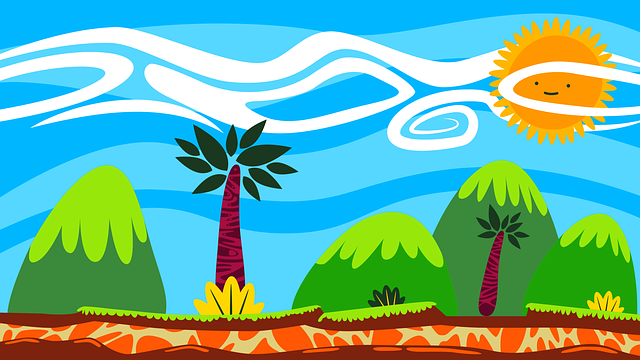5 Ways Sustainable Landscape Design Adds Value to Your Environment
Curious about sustainable landscape designs?
Sustainable designs aren’t a new concept, but they are growing in popularity. Homeowners have less time for chores and water rations. They’re also struggling with the increasing effects of climate change.
The solution? Sustainable landscape design. Read on to find out why.
What Is Sustainable Landscape Design?
A sustainable landscape conforms to the environment that surrounds it. It needs only water, nutrients, and fertilizers that are naturally available.
These landscapes are self-sustaining, existing in harmony with the local ecosystem. If a catastrophe hits, such as a wildfire or a hurricane, these landscapes recover quickly. They’re resilient enough and diverse enough to produce indefinitely.
These are the three factors to consider when you create your sustainable landscaping ideas:
Ecological: does your design match your local ecology? Does it mimic local terrain and plant life? It should feed, shade, and house local insects and wildlife.
Economic: what are the costs of maintenance? Instead of spending extra money on water or other resources, can it thrive with the available natural resources?
Socio-cultural: do your neighbors think the landscape enhances their yards? Or do they consider it a nuisance?
Will it attract unwanted animals or pests? If so, and if you’re still absolutely set on your design, consider adding other elements to ward off unwanted creatures.
Integrated pest management services, like those offered by West Bay Landscape, use cultural, biological, and structural strategies. That includes things like adding beneficial insects and introducing pest-resistant plants.
1. Increase Your Property Value
When we say value in this case, we mean sales price. Potential home buyers will pick your property over a similar property with an ugly landscape.
If you take the time to point out to buyers that your landscape saves on water and fertilizer costs, that’s another selling point.
2. Reduce Water Usage
With the world’s climate undergoing rapid change, droughts are becoming all too common. As a result, states like California are setting maximum applied water usages for landscapes. The goal is to force residents to lower their usage by implementing sustainable landscaping practices.
3. Upcycle Your Landscape Waste
Save yourself money by reusing your tree clippings, wood chips, and old shrubs. After you cut them into small pieces with a woodchipper or similar device, they make perfect mulch. Remember, your goal is to utilize free, local resources to design your landscape.
4. Protect Your Natural Environment
When you introduce foreign plant life into an environment, you run the risk of it spreading. That’s a big deal if your local flora is susceptible to takeover. Instead, spotlight local beauty by the use of clever design in your landscape.
5. Support Local Fauna
The honeybee population continues to dwindle worldwide. The causes aren’t certain, but we know urban spread has something to do with it. Other insects and animals are also feeling the impact.
But you can give them a home. When you build a landscape that’s similar to taheir natural environments, it draws natural fauna. It gives them a place to thrive amongst the otherwise inhospitable urban environment.
What’s Next?
Now that you understand how sustainable landscape design adds value, it’s time to get active. Start with a drive around your city to look for native plant life. Then move on to your design.
If you want more genius tips, be sure to bookmark our blog!
